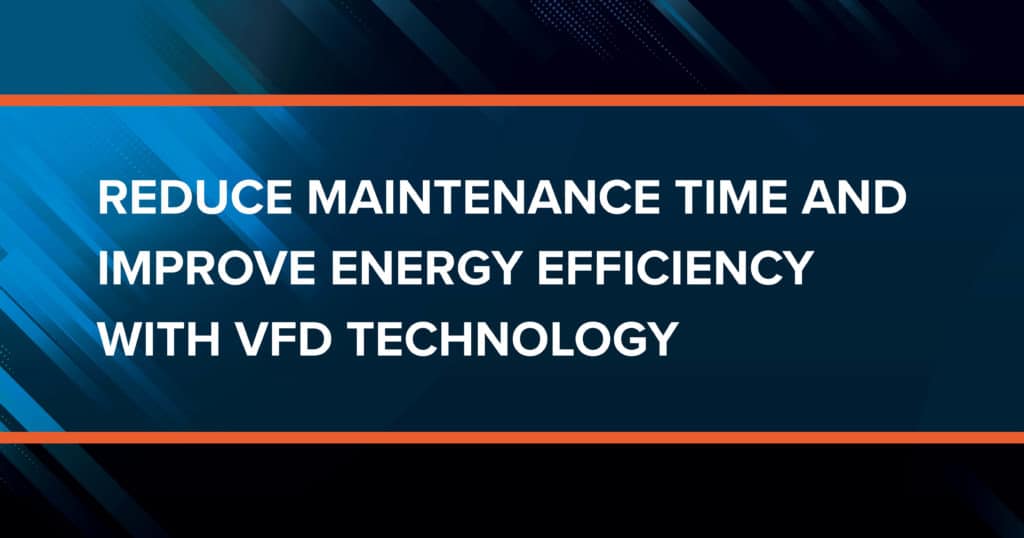Variable frequency drives (VFDs) can be found throughout a wide range of industries and applications. They are used for improved pump control when processing water, including drinking water, wastewater, or industrial water usage for production.
Better Energy Efficiency
The most notable advantage of VFD technology is energy efficiency. By using variable frequency drives specifically designed for pump control, operators can achieve energy savings of 20-30 percent. Also, they typically reduce overall maintenance costs, while extending pump life and increasing equipment reliability.
Increased Pump Control
VFD technology allows for improved pump control, which is important when water demand can fluctuate significantly throughout the day. In most water and wastewater treatment plants, demand for water will peak during the morning and again in the evening. Full-capacity pumping, all day every day, is simply not necessary. Yet, many pumps run at full power no matter the variable demand.
The objective of pump control is to automate the speed of the pump—or multiple pumps—based on the water demand at any given time. The VFD controls the motor input frequency and allows for adjustments. Some top-of-the-line VFDs are increasingly intelligent, with the ability to sense water demand in real time and control the water pump accordingly. Some can even detect pipe bursts, leaks, and blockages, while at the same time continually monitoring operating temperatures to prevent overheating.
Proven Benefits
The benefits of this technology are readily apparent. VFDs keep the pump from running at full capacity—or at the very least, only running at maximum capacity for exactly as long as needed during daily operation. Naturally, this significantly reduces energy use while also minimizing overall wear and tear on the equipment. This makes maintenance less likely and minimizes the downtime for repairs. Running the VFD system through computers and smart devices is also quite easy to master with the intuitive software.
How VFD Technology Works
Typically, variable frequency drives are made up of four drives. The first is the primary and the other three are secondaries, which are controlled by the primary based on demand using the internal proportional-integral-derivative (PID) function.
If your plant has water pumping demands that vary throughout the day, consider VFD technology to improve your energy efficiency and decrease downtime. To learn more about VFD technology and explore options from the world’s top equipment manufacturers, contact Cortech DXP today.
- Burlingame Engineers
- Cortech Engineering
- Turbo Machinery
- Turbo Machinery
- Burlingame Engineers
- Cortech Engineering

